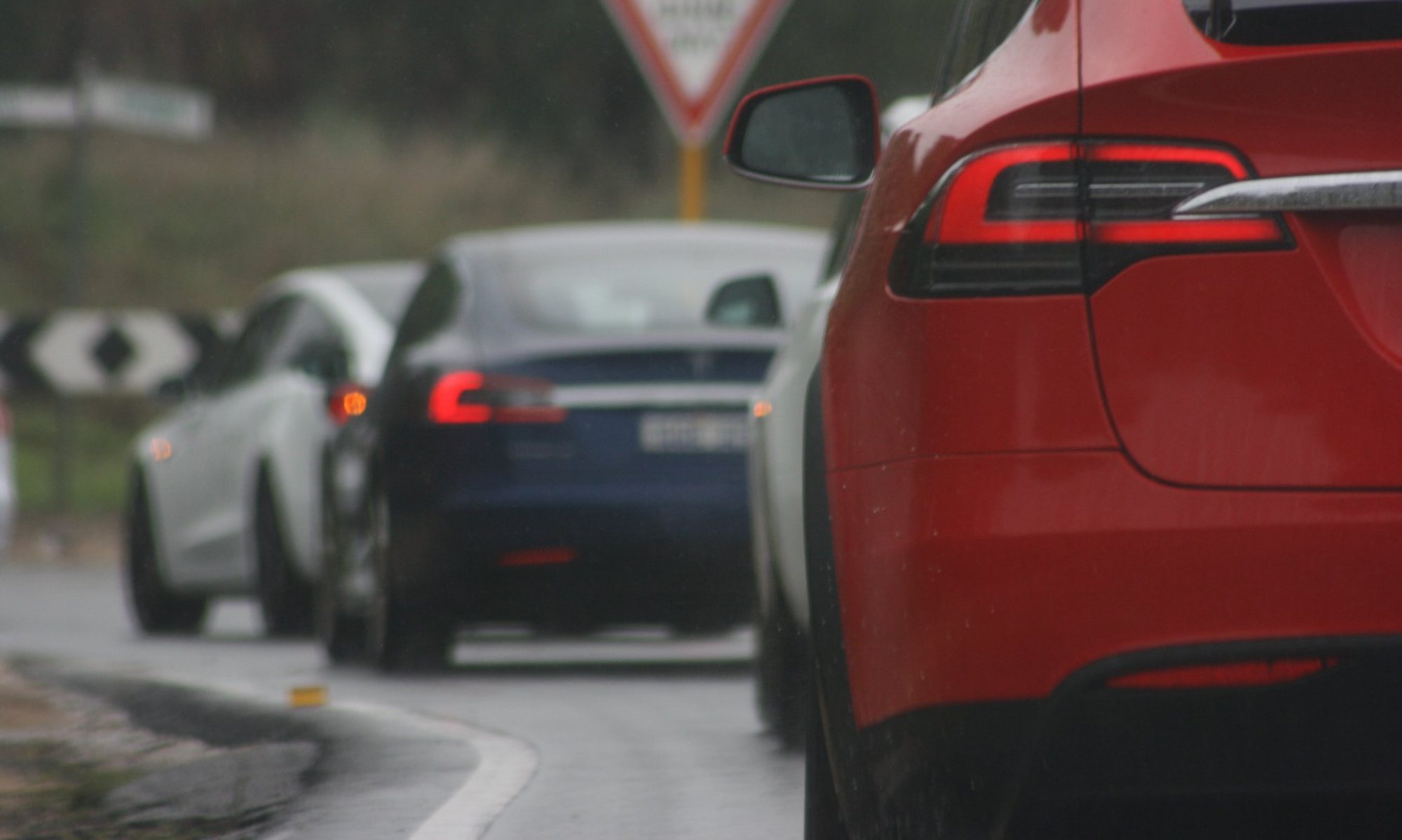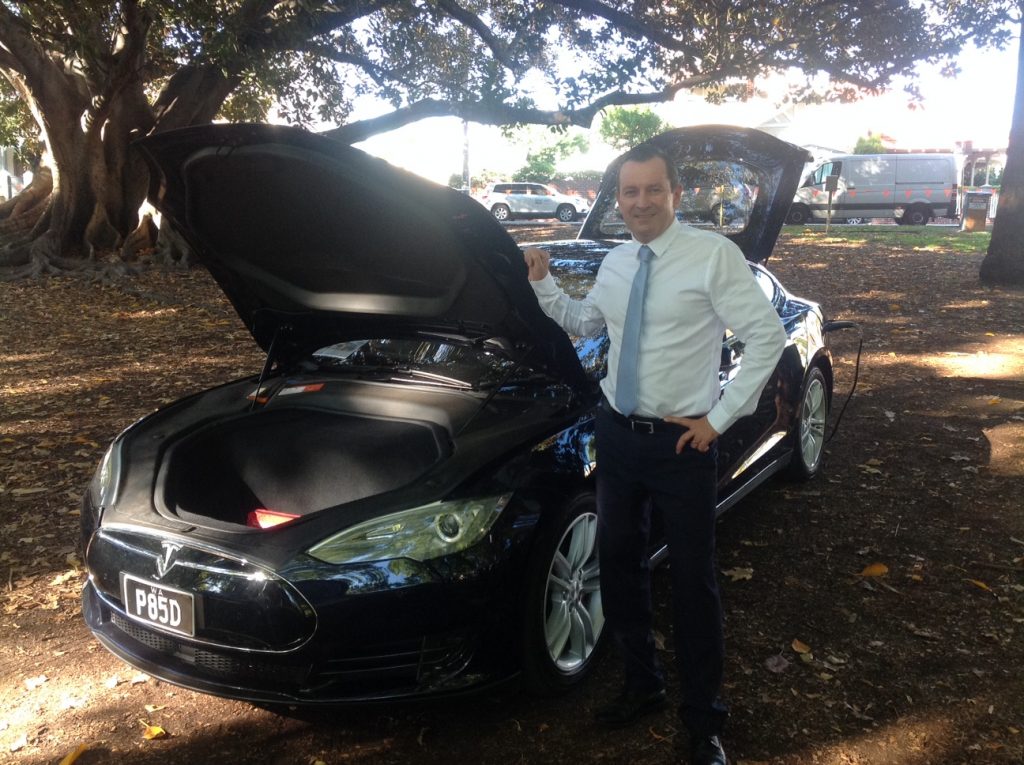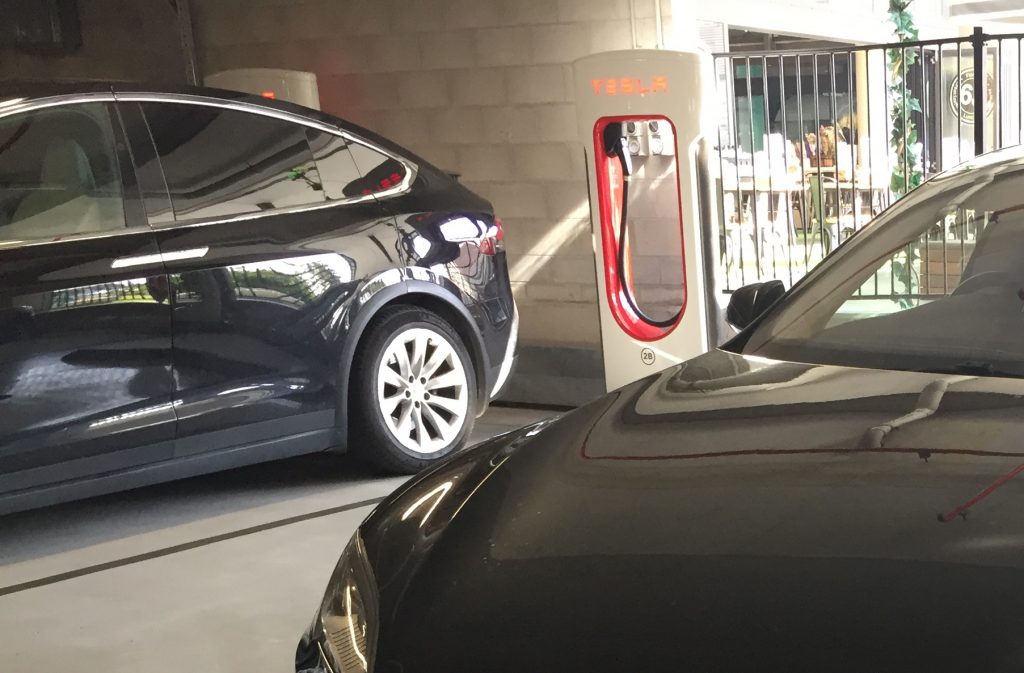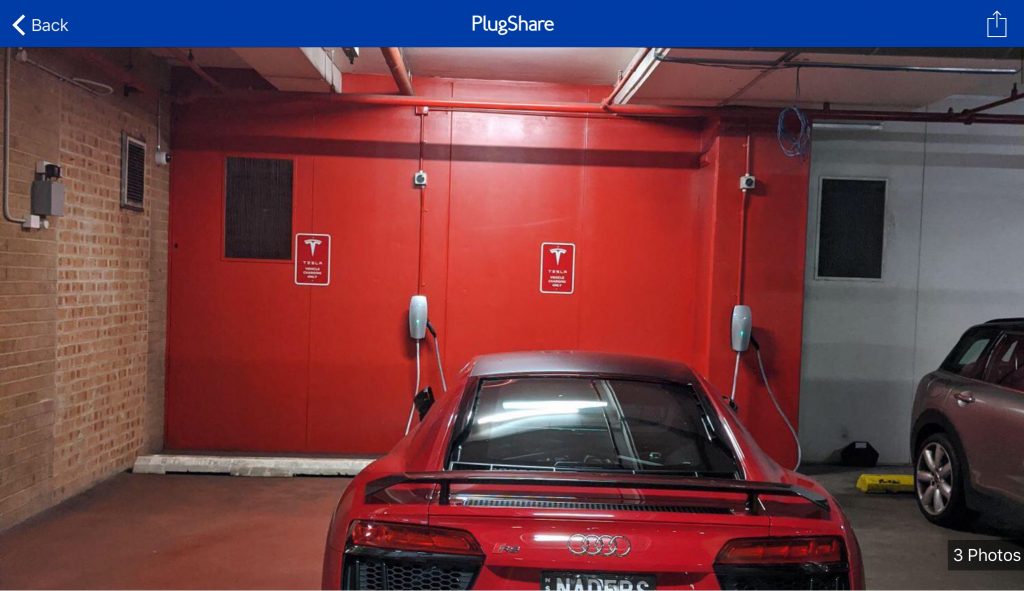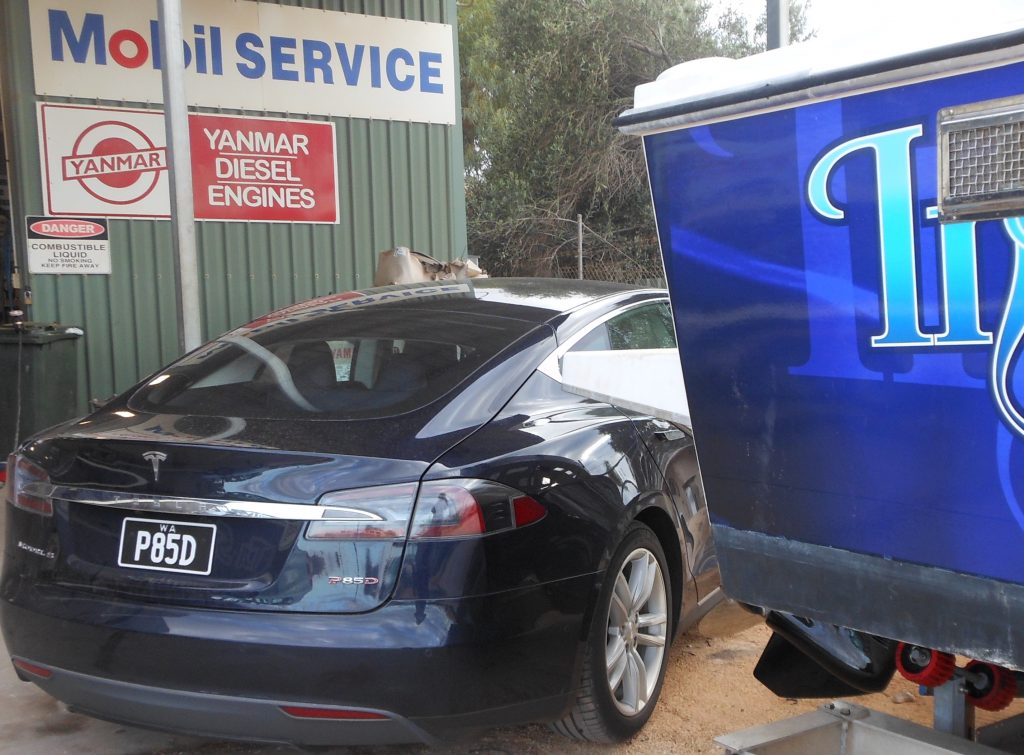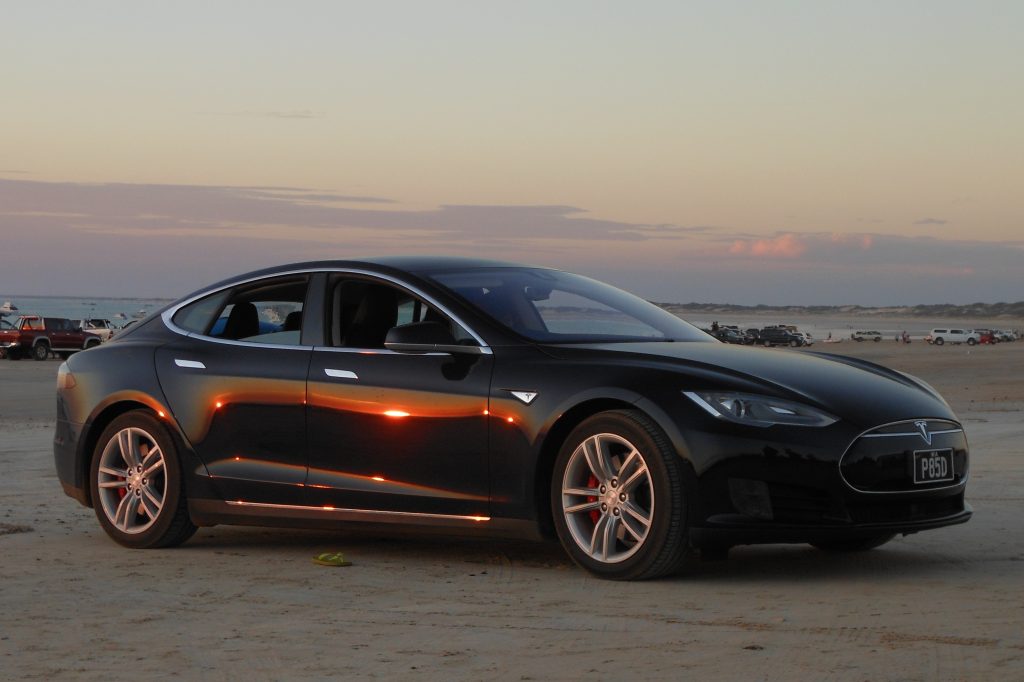It is often claimed that electric vehicles are a failed concept due to the apparent huge amount of resources their batteries consume. I bet you’ve heard it at a BBQ or dinner party from the self proclaimed experts amongst your family, friends or work colleagues. I also bet they threw in statements about Lithium shortages and rare earth metals. Here’s a tip, ask them to name the rare earth metals used in a Tesla Model S battery pack, it’s the last time they’ll ever mention EVs in front of you again.
Please note in the comparison below I am using a Model 3 as it is the most talked about EV at the moment.
To judge the resource intensity of an EV it is best to compare one to a similar size combustion engine car, not one that will only survive the 220,000kms average but a Toyota Camry that if treated with respect should make it to 500,000kms before being scrapped.
A Camry is no match for a long range Model 3 in performance or technology but that’s not the discussion at this time, if we’re going to run a comparison let’s use the best internal combustion engine competitor so there’s no claim of an unfair playing field.
To keep it simple I’ll refer to resources a Model 3 consumes that a Camry doesn’t and vice versa, both cars have seats, door handles, tyres and 12 volt electronics so each car has no disadvantage in that area.
Tesla Model 3
Without going into the finer details of the battery composition a long range Model 3 contains about 500kg of materials. None of them are currently in short supply, in fact all of them have been used in non EV products for many years, this includes the controversial mineral Cobalt that is also used in the oil refining process. Many of the materials are commonly used in the production of ICE vehicles, it’s not like the worlds miners are clearing a whole new jungle just to build electric vehicles.
The AC electric motor/motors plus ancillaries unique to an EV add another 100-150kgs, most of these resources can be recycled but that’s another discussion.
Toyota Camry
The Engine, gearbox, fuel injection system, starter motor, exhaust system, fuel tank and a vastly complicated anti pollution system add up to about 300kg of materials. These are generally very reliable parts but no doubt the exhaust system will need replacing, most importantly the exhaust contains a catalytic converter that is essential to the car reducing its emissions.
The Camry also requires resources for servicing, more than 120 litres of engine oil replaced over 500,000kms, 30+ oil filter changes, fuel filters, air filters, gearbox oil, spark plugs, spark leads, brake pads, engine coolant. Yes, a Model 3 has battery coolant but it generally survives the life of the battery, the coolant in an internal combustion engine works far harder and needs more frequent replacement. As you can see the Camry not only consumes resources in building its drivetrain it also continues to consume them throughout its serviceable life.
Fuel for the Model 3
If you live in Australia and own your home its financial insanity not to be charging from rooftop solar power, if you happen to be part of the majority who do charge from the sun that solar panel system is adding no more than 300kgs of resources to the bottom line, that’s spread over 25 years, about the same time it would take to drive 500,000kms.
For those still charging from the dreaded 100% coal generated electricity (even though the Australian grid is now less than 70% coal generation) your model 3 is going to lead to the consumption of approximately 32,000kgs of coal (22,400kgs at 70% generation), it’s cheap, abundant and locally produced, its also very handy that in Australia the coal is transported from the mine site to the generation facility by a conveyor belt or short train journey. Sadly the multiple toxic elements coal power stations release into the local communities is a major downside.
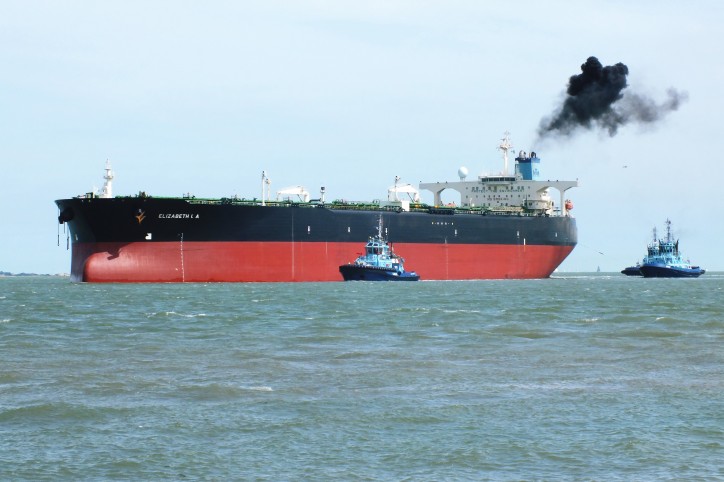
Fuel for the Camry
There is no choice for the Camry, it’s imported oil all the way, shipped across the oceans in bunker fuel burning supertankers, refined in energy hungry oil refineries and trucked to the service station. Over the lifetime of a Camry it will consume approximately 45,000 litres of fuel (34,000kgs), all of it non recyclable.
That 500kg battery pack and 300kg solar panel system doesn’t appear so bad after all.
